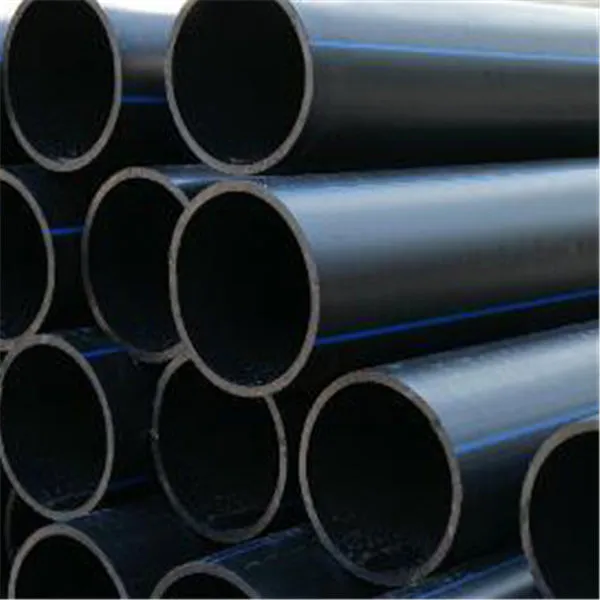ഒക്ട് . 05, 2024 11:53 Back to list
Durable HDPE Cutting Boards for Safe and Efficient Food Preparation
The Benefits and Uses of HDPE Cutting Boards
High-Density Polyethylene (HDPE) cutting boards have become increasingly popular in both commercial kitchens and home cooking environments. This versatile material offers numerous advantages over traditional wooden or plastic boards, making it a preferred choice for many chefs and food enthusiasts alike. In this article, we will explore the benefits and various applications of HDPE cutting boards.
Durability and Longevity
One of the most significant advantages of HDPE cutting boards is their durability. HDPE is a strong, impact-resistant plastic that can withstand the rigors of daily food preparation without cracking or warping. Unlike wooden boards, which can absorb moisture and harbor bacteria, HDPE boards are non-porous and more resistant to staining. This makes them a safer and more hygienic choice, particularly for those who prepare raw meat, fish, or poultry.
Easy to Clean and Maintain
Cleaning HDPE cutting boards is a breeze. Most boards can be safely washed in a dishwasher, and for those who prefer to wash them by hand, warm soapy water is sufficient to remove any food residue. Because of their non-porous surface, there is no need to worry about bacteria being trapped in the material, making sanitation simple and effective. Additionally, HDPE boards do not require oiling or special treatment like wooden boards, further reducing maintenance needs.
Lightweight and Portable
hdpe cutting board

Another benefit of HDPE cutting boards is their lightweight nature. This feature makes them easily portable, perfect for picnics, camping, or outdoor cooking. Chefs can effortlessly move them around the kitchen or transport them to various locations without straining, providing flexibility and convenience in meal preparation.
Versatile Applications
HDPE cutting boards come in various sizes and colors, making them suitable for multiple uses. Many kitchens employ a color-coded system to prevent cross-contamination; for example, red boards for raw meat, green for vegetables, and yellow for poultry. This system not only helps in maintaining hygiene but also encourages organized food preparation. Furthermore, HDPE cutting boards can be found in various thicknesses, making them adaptable to different cutting tasks, whether slicing bread or chopping vegetables.
Environmentally Friendly Options
In recent years, there has been a growing demand for eco-friendly products, including cutting boards. HDPE is a recyclable material, allowing users to dispose of boards responsibly at the end of their life cycle. Many manufacturers also strive to produce HDPE products from recycled materials, further minimizing environmental impacts. This commitment to sustainability appeals to conscious consumers who value eco-friendly practices.
Conclusion
In conclusion, HDPE cutting boards offer numerous advantages over traditional wooden or plastic boards, including durability, ease of cleaning, portability, versatility, and environmental sustainability. Their non-porous surfaces contribute to better hygiene practices, while their lightweight design makes them practical for use in various settings. Whether you're a professional chef or a home cook, investing in HDPE cutting boards can enhance your culinary experience, ensuring safe and efficient food preparation. As awareness of food safety and environmental concerns continues to grow, HDPE cutting boards stand out as a smart choice for anyone looking to improve their kitchen practices.
-
High Transparency PVC Clear Sheet Super Transparency PVC Sheets & HDPE Cutting Board Supplier
NewsJul.04,2025
-
High-Quality PVC-M Pipe Supplier Trusted PVC Pipe Company & 75mm PVC Connection Pipe Solutions
NewsJul.04,2025
-
PVC Transparent Sheet Roll - Durable & Flexible PVC Plastic Sheet Roll for Industrial & Home Use
NewsJun.24,2025
-
High-Quality PVC PPR Pipes and Fittings Durable ERA PPR Solutions
NewsJun.10,2025
-
High-Quality Large HDPE Sheets & Large Diameter PVC Pipe Durable Large PVC Pipe Supplier
NewsJun.10,2025
-
High Density Polyethylene Cutting Board - Durable & Food Safe
NewsJun.09,2025

